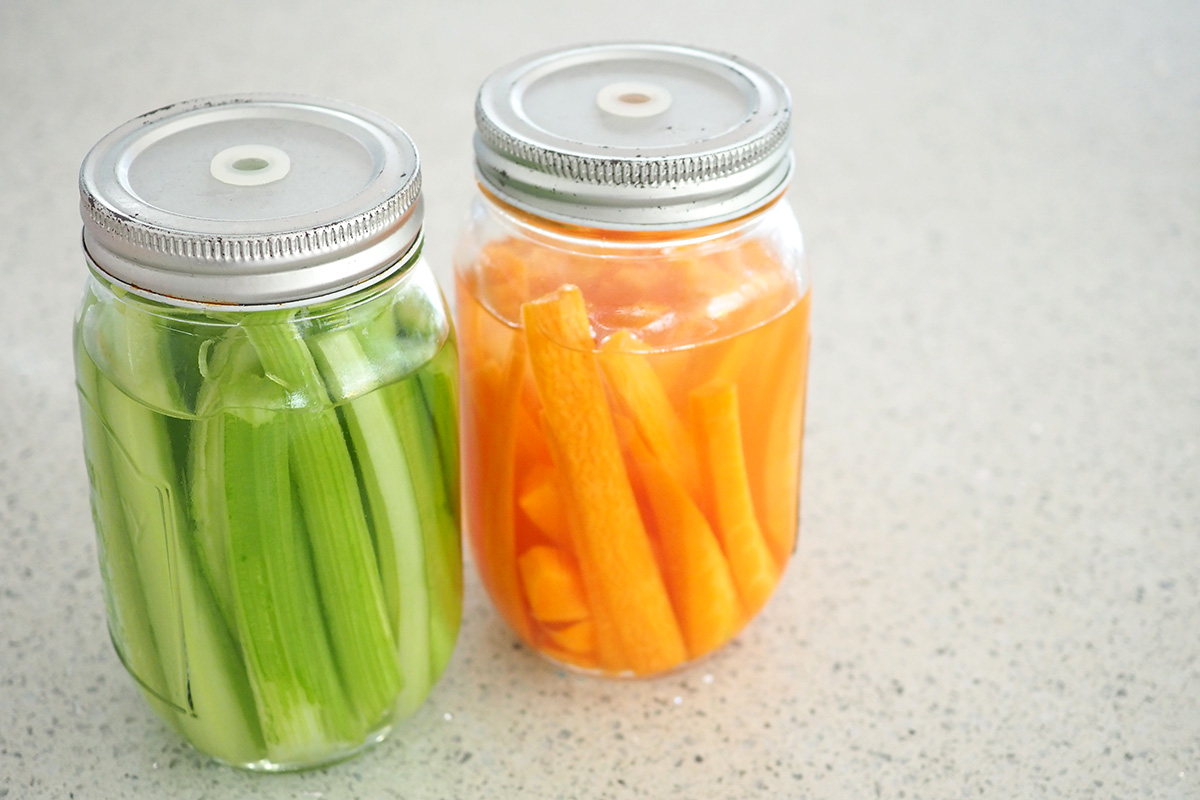

Articles
How To Store Celery Sticks
Modified: August 23, 2024
Learn how to properly store celery sticks to keep them fresh and crisp for longer. Follow these easy tips and tricks in this informative article.
(Many of the links in this article redirect to a specific reviewed product. Your purchase of these products through affiliate links helps to generate commission for Storables.com, at no extra cost. Learn more)
Introduction
Welcome to the world of celery! These crunchy and nutritious stalks are not only delicious as a snack or in recipes, but they are also packed with vitamins, minerals, and antioxidants. However, to fully enjoy the benefits and flavor of celery sticks, it is important to know how to store them properly. Without proper storage, celery sticks can quickly lose their crunchiness and become limp and less flavorful.
In this article, we will delve into the art of celery storage and provide you with valuable tips on how to keep your celery sticks fresh and crisp for a longer period of time. With a little knowledge and some simple steps, you can ensure that your celery sticks retain their texture and taste, giving you the best culinary experience every time.
Key Takeaways:
- Proper celery storage is essential to maintain freshness, nutrition, and flavor. Follow optimal conditions, step-by-step guide, and alternative methods to extend shelf life and minimize food waste.
- Keep celery fresh by avoiding unnecessary handling, separating stalks, and using alternative storage methods. Implement tips to maximize shelf life and enjoy crisp, flavorful celery sticks in your dishes.
Read more: How To Store Celery Root
Why Proper Celery Storage is Important
Proper celery storage is crucial because it helps maintain the freshness, texture, and flavor of the celery sticks. When stored incorrectly, celery can quickly lose its crunchiness and become wilted, making it less appealing to eat. Here are a few reasons why investing time in proper celery storage is worth it:
- Prolongs Shelf Life: Proper storage techniques can significantly extend the shelf life of celery sticks. By retaining the crispness and preventing moisture loss, you can enjoy fresh celery for a longer period of time.
- Preserves Nutritional Value: Celery is a nutritional powerhouse, rich in vitamins, minerals, and fiber. However, improper storage methods can cause nutrient loss. By storing celery properly, you can preserve its nutritional value and reap all of its health benefits.
- Enhances Flavor: Celery has a distinct flavor, which can be compromised if stored incorrectly. Proper storage maintains the natural flavor of celery, ensuring that it tastes as good as it looks.
- Reduces Waste: Wasted food not only strains our resources but also harms the environment. By storing celery properly, you can minimize food waste and contribute to a more sustainable lifestyle.
Now that we understand the importance of proper celery storage, let’s move on to exploring the optimal conditions for maintaining the freshness of celery sticks.
Understanding the Optimal Conditions for Celery Storage
To keep celery sticks fresh and crisp, it is essential to store them under the right conditions. Celery can be quite sensitive to changes in temperature, humidity, and exposure to light. Here are the key factors to consider when understanding the optimal conditions for celery storage:
- Temperature: Celery is best stored at a cool temperature, ideally around 36°F to 41°F (2°C to 5°C). It is important to keep celery away from extreme temperatures, such as direct sunlight or near heat sources, as this can cause wilting and spoilage.
- Humidity: Celery enjoys a slightly humid environment to maintain its crispness. Aim for humidity levels of around 95%, which can be achieved by storing celery in the vegetable drawer of your refrigerator or placing it in a sealed plastic bag with a few drops of water. Avoid allowing the celery to come into direct contact with water, as this can lead to excessive moisture and spoilage.
- Storage Container: It is recommended to store celery in a breathable container to prevent the build-up of excess moisture. Consider using a perforated plastic bag or wrapping the celery loosely in a paper towel before placing it in the refrigerator.
- Isolation: Celery has a tendency to absorb odors from other fruits and vegetables. To preserve its distinct flavor, store celery away from strong-smelling produce, such as onions or garlic. You can also place a barrier, like aluminum foil or plastic wrap, between celery and other items in the refrigerator.
By understanding and implementing these optimal storage conditions, you can significantly prolong the freshness and quality of your celery sticks. In the next section, we will provide a step-by-step guide on storing celery properly.
Step-by-Step Guide to Storing Celery Sticks
Properly storing celery sticks is a simple process that can help maintain their freshness and crispness. Follow these steps to ensure your celery stays in prime condition:
- Trim the Ends: Start by removing any damaged or wilted parts of the celery stalks. Cut off the root end and any brown or discolored leaves.
- Clean and Dry: Rinse the celery stalks under cool running water to remove any dirt or debris. Once clean, pat them dry with a clean kitchen towel or paper towels. Removing excess moisture is crucial to prevent premature wilting.
- Wrap in Paper Towel: Take a few paper towels and wrap them loosely around the celery stalks. The paper towels will help absorb excess moisture while still allowing some airflow.
- Place in a Plastic Bag: Once wrapped in paper towels, place the celery sticks in a perforated plastic bag, or poke a few small holes in a regular plastic bag to allow for ventilation. The bag will help maintain the humidity levels necessary for celery without trapping excess moisture.
- Store in the Refrigerator: Put the bag of celery sticks in the vegetable drawer of your refrigerator. The cool temperature will help preserve their freshness, while the humidity will prevent them from drying out.
- Monitor and Refresh: Check on the celery regularly to ensure it remains fresh. If the paper towels become damp, replace them with fresh ones to absorb any excess moisture. Also, remove any celery stalks that show signs of wilting or spoilage to prevent them from affecting the rest.
By following this step-by-step guide, you can keep your celery sticks crisp and delicious for an extended period. However, if you prefer alternative storage methods or want additional tips for prolonging the freshness of celery sticks, keep reading the next sections.
To store celery sticks, wrap them tightly in aluminum foil and place them in the crisper drawer of the refrigerator. This will help keep them fresh and crisp for up to two weeks.
Alternative Storage Methods for Celery Sticks
In addition to the traditional method of storing celery sticks in the refrigerator, there are a few alternative storage methods you can consider. These methods may offer different benefits or suit your specific needs:
- Celery in Water: This method involves placing the celery stalks upright in a jar or glass filled with water. The water helps keep the celery hydrated, similar to how flowers are stored. However, be mindful of changing the water every couple of days to prevent bacterial growth.
- Freezing Celery: If you have an excess of celery or want to extend its shelf life even further, you can freeze celery stalks. Start by washing and cutting the celery into small pieces or slices. Blanch the celery in boiling water for a couple of minutes, then transfer it to an ice bath to stop the cooking process. Once cooled, drain the celery and place it in a freezer-safe bag or container. Freezing celery preserves its flavor, although it will lose its crispness upon thawing. It is best used in cooked dishes like soups, stews, and stir-fries.
- Celery in Aluminum Foil: Instead of using plastic bags, wrap the celery stalks individually in aluminum foil. The foil creates a barrier against moisture and helps maintain the crispness of the celery. Store the wrapped celery in the refrigerator vegetable drawer.
- Celery Stalks in a Bowl: Another method is to cut the celery stalks into smaller pieces and place them in a bowl of water. Cover the bowl with plastic wrap and store it in the refrigerator. The water will keep the celery hydrated, but it’s important to change the water every couple of days to prevent bacterial growth.
Experiment with these alternative storage methods to find the one that works best for you. However, the traditional refrigerator storage method described earlier will generally provide the most consistent and long-lasting results.
Tips for Prolonging the Freshness of Celery Sticks
To further extend the freshness of your celery sticks and prevent them from wilting or spoiling, here are some helpful tips:
- Keep Celery Whole: If possible, it is best to keep celery stalks intact until you are ready to use them. Cut celery has a shorter shelf life than whole stalks. By keeping it whole, you can preserve its freshness for a longer period.
- Avoid Unnecessary Handling: Excessive handling can lead to moisture loss and accelerated wilting. Avoid unnecessary touching or bending of the celery stalks to keep them fresh for a longer time.
- Remove Leafy Tops: While celery leaves can be used for culinary purposes, they tend to wilt faster than the stalks. If you plan to store celery for an extended period, it is recommended to trim off the leafy tops before storing. Save the leaves for immediate use or garnishing.
- Separate Stalks: If storing multiple celery stalks, it is advisable to separate them. Wrapping each stalk individually in paper towels or placing them in separate bags prevents moisture buildup between the stalks, ensuring their freshness.
- Use Freshly Cut Stalks: If you prefer to pre-cut celery for convenience, store the cut stalks in an airtight container filled with water. This method keeps the celery hydrated and prevents it from drying out quickly.
- Store Apples with Celery: Apples produce ethylene gas, which can help keep celery fresh and crisp. Place an apple slice or a whole apple in the proximity of your celery stalks to slow down the wilting process.
- Rejuvenate Limp Celery: If your celery has already started to lose its crispness, you can revive it by trimming the ends, soaking it in a bowl of ice water for about 30 minutes, and then draining and storing it as usual.
By implementing these tips, you can maximize the shelf life and maintain the quality of your celery sticks, ensuring that they are always ready to be enjoyed in your favorite dishes.
Conclusion
Properly storing celery sticks is crucial for preserving their freshness, crispness, and flavor. By understanding the optimal conditions, following a step-by-step guide, and considering alternative storage methods, you can significantly extend the shelf life of your celery and minimize food waste.
Remember to keep celery in a cool and slightly humid environment, such as the vegetable drawer of your refrigerator. Wrap the celery in paper towels and store it in a perforated plastic bag for the best results. Additionally, try alternative methods like storing celery in water or freezing it for longer-term use.
To prolong the freshness of celery, avoid unnecessary handling, remove leafy tops, and separate stalks to prevent moisture buildup. Use freshly cut stalks or store cut celery in water. Consider storing apples nearby, as their ethylene gas can help keep celery fresh.
By implementing these storage techniques and tips, you can enjoy fresh and crisp celery sticks for a longer period. So, the next time you buy celery, make sure to store it properly and savor its delicious taste and nutritional benefits in every bite.
Frequently Asked Questions about How To Store Celery Sticks
Was this page helpful?
At Storables.com, we guarantee accurate and reliable information. Our content, validated by Expert Board Contributors, is crafted following stringent Editorial Policies. We're committed to providing you with well-researched, expert-backed insights for all your informational needs.
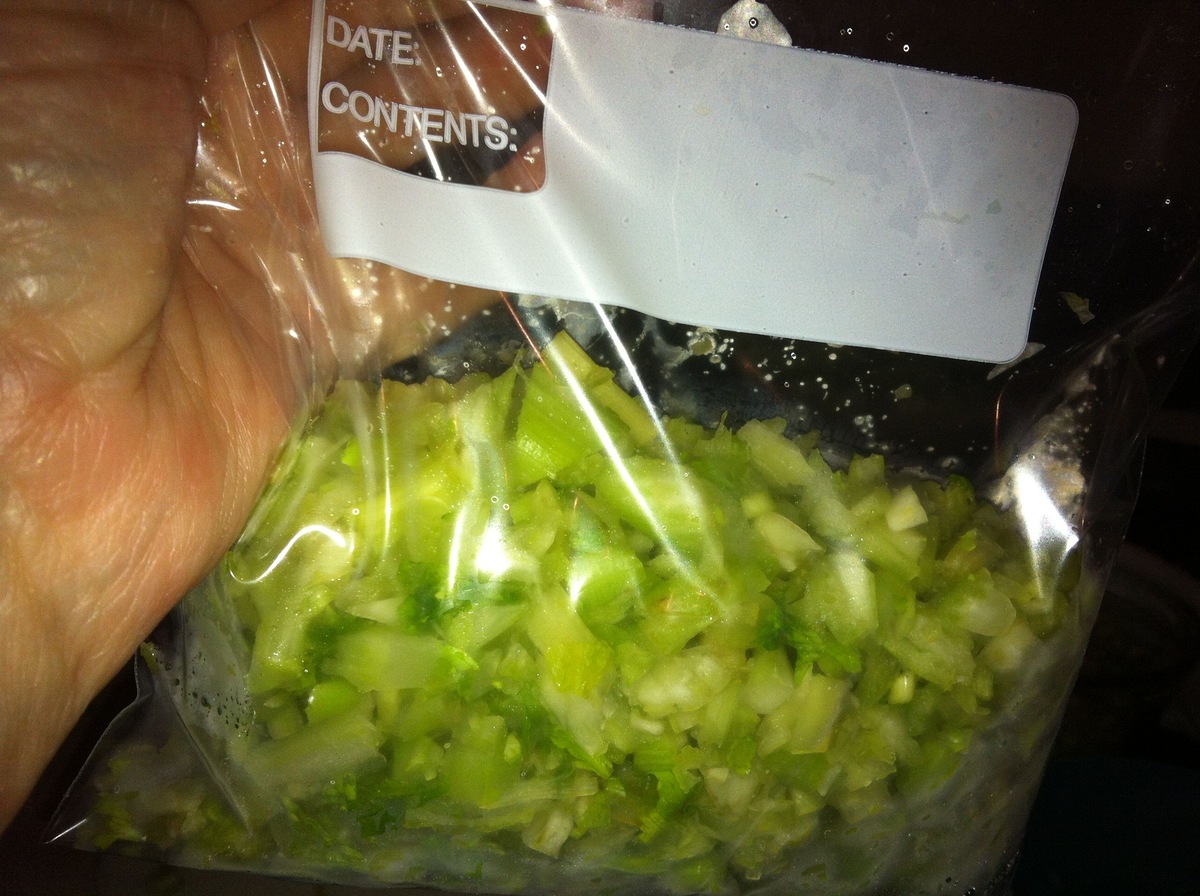
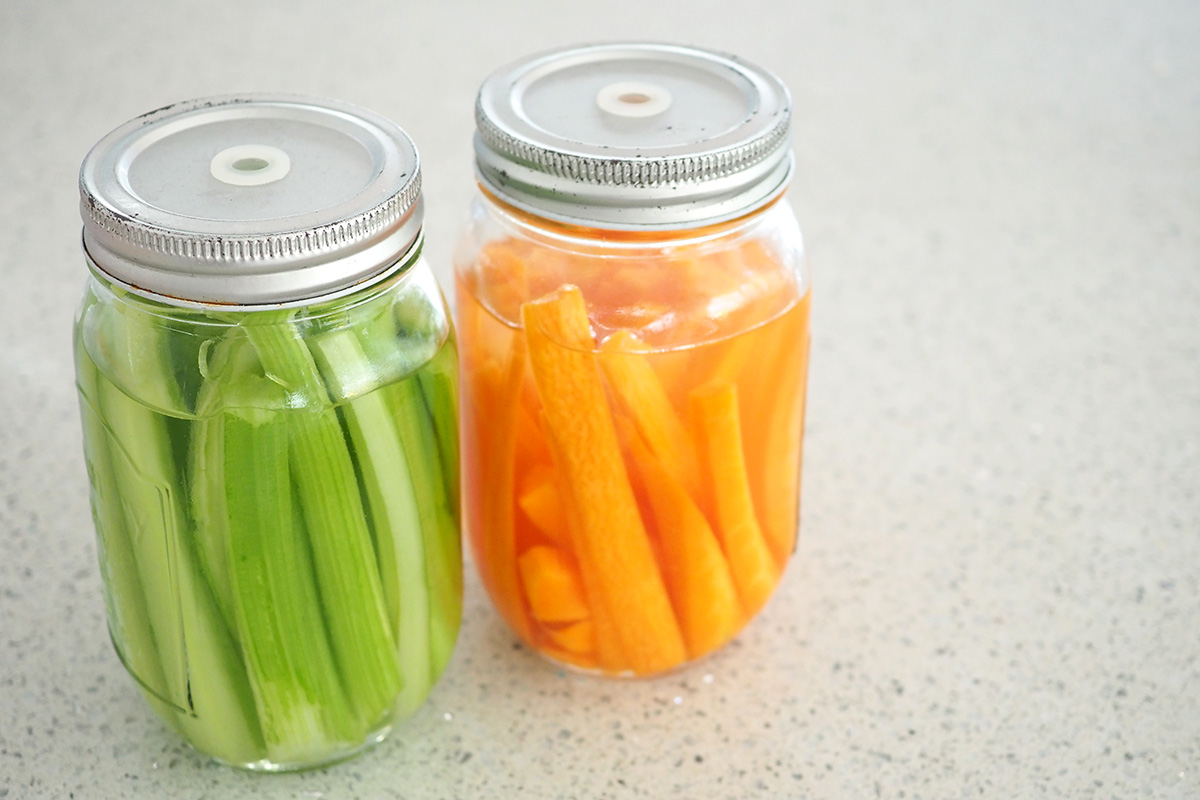
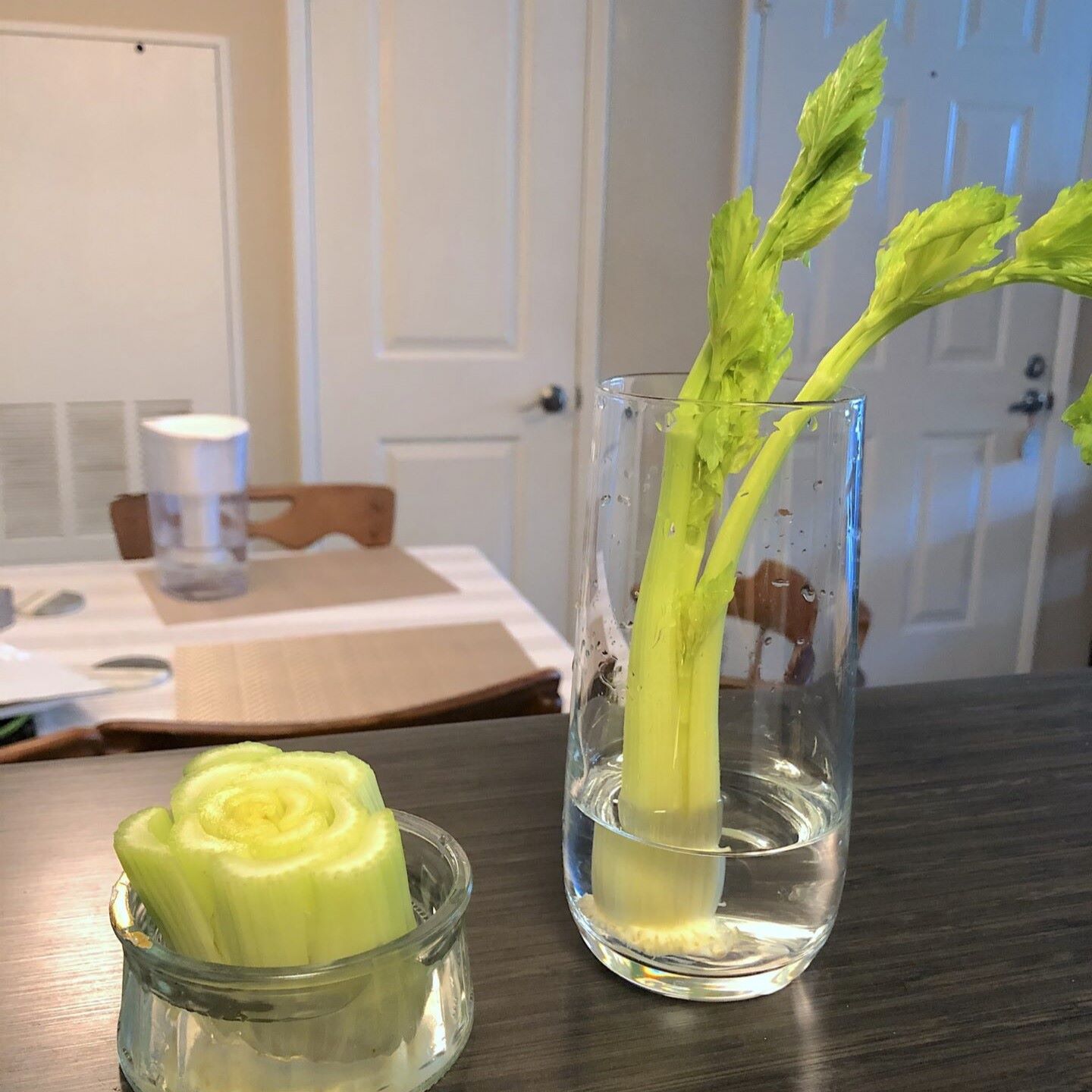
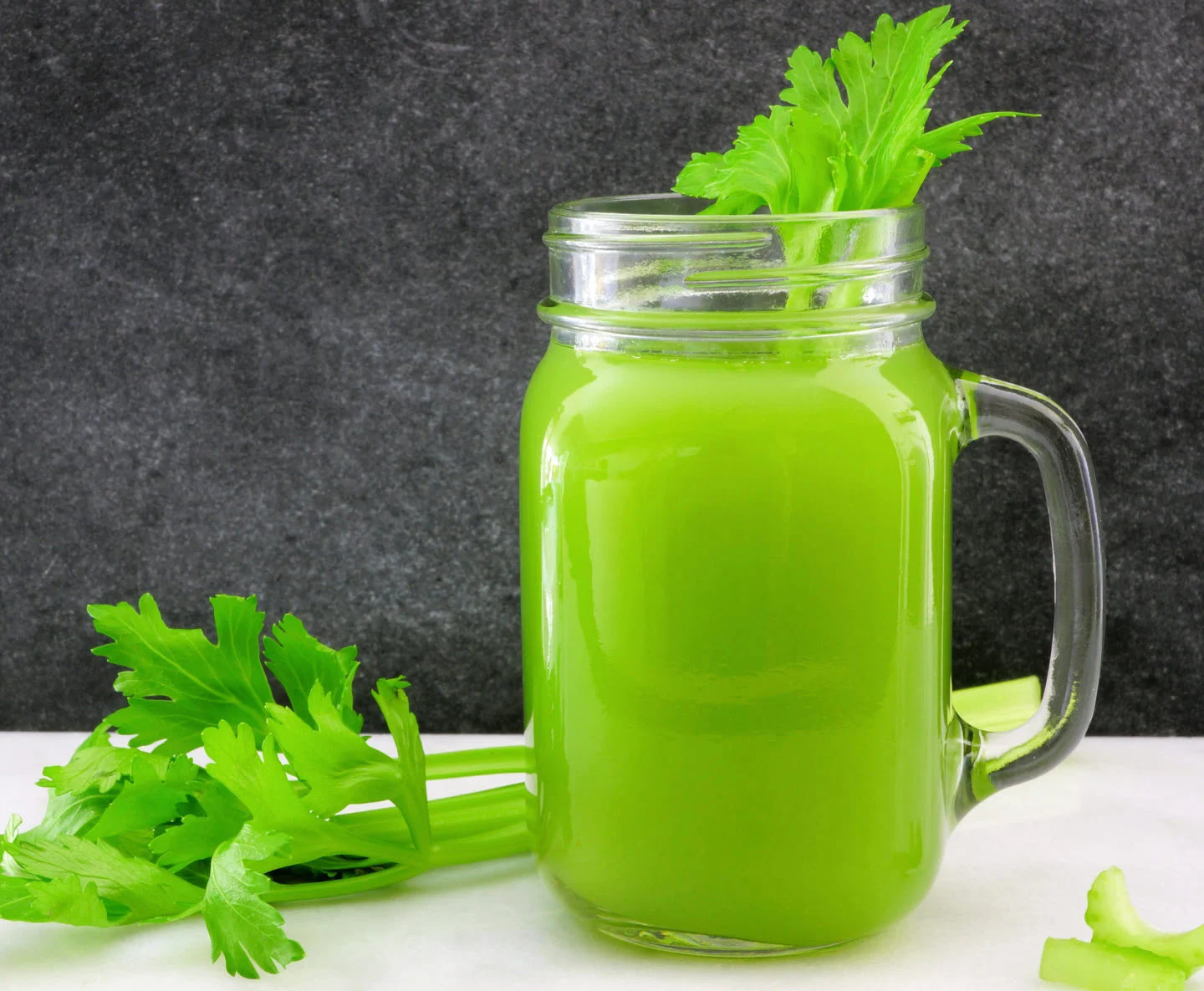





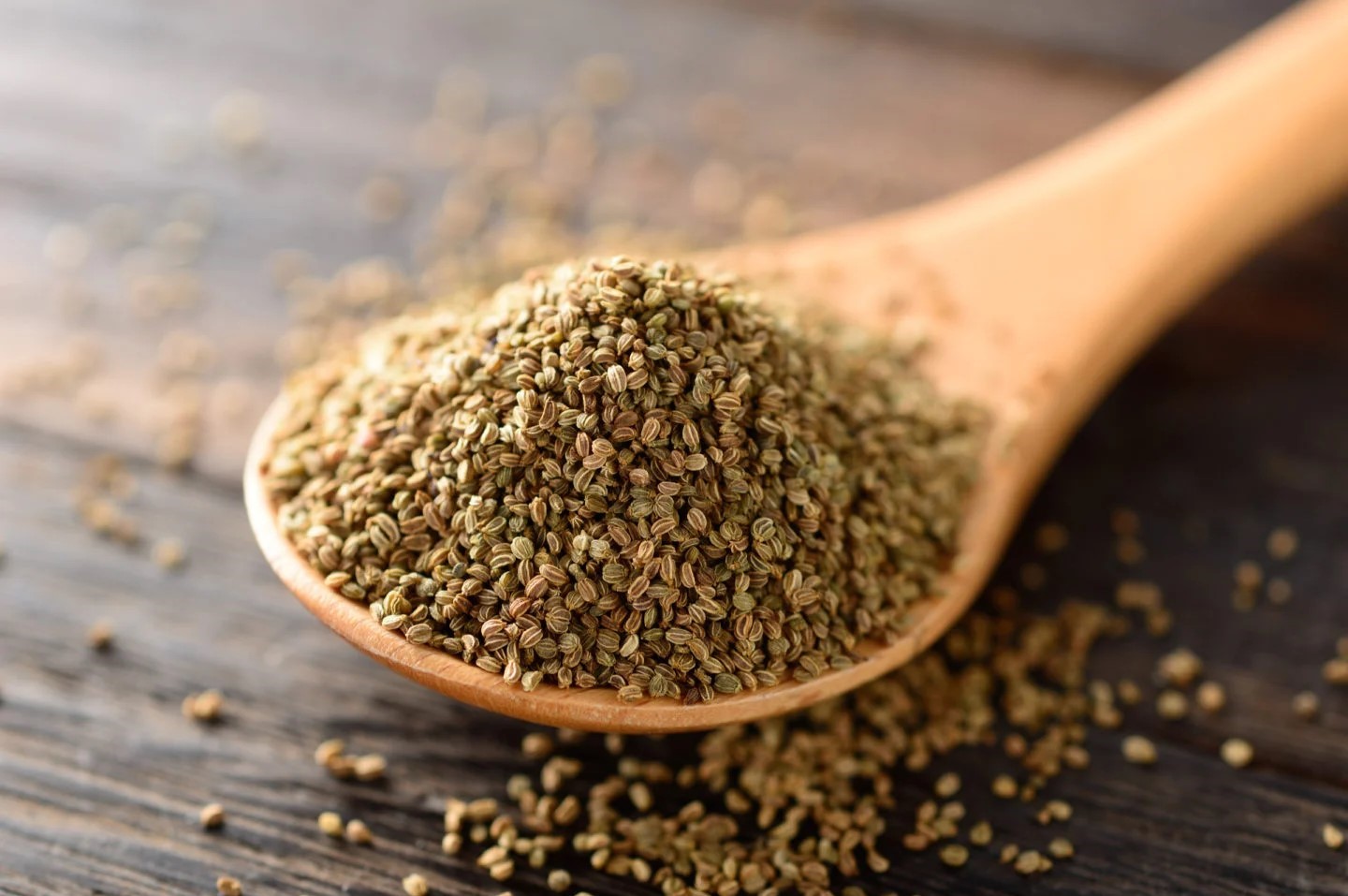

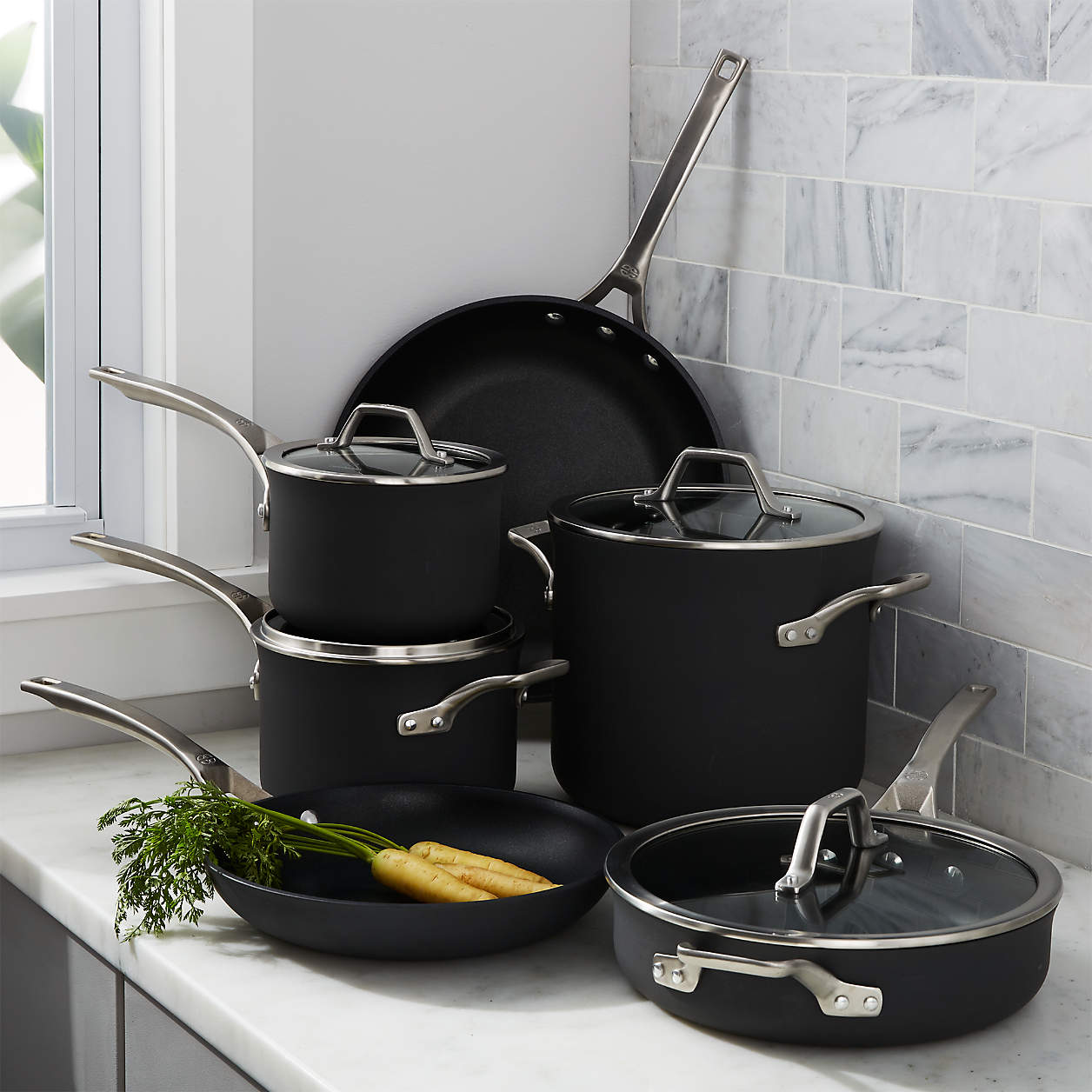
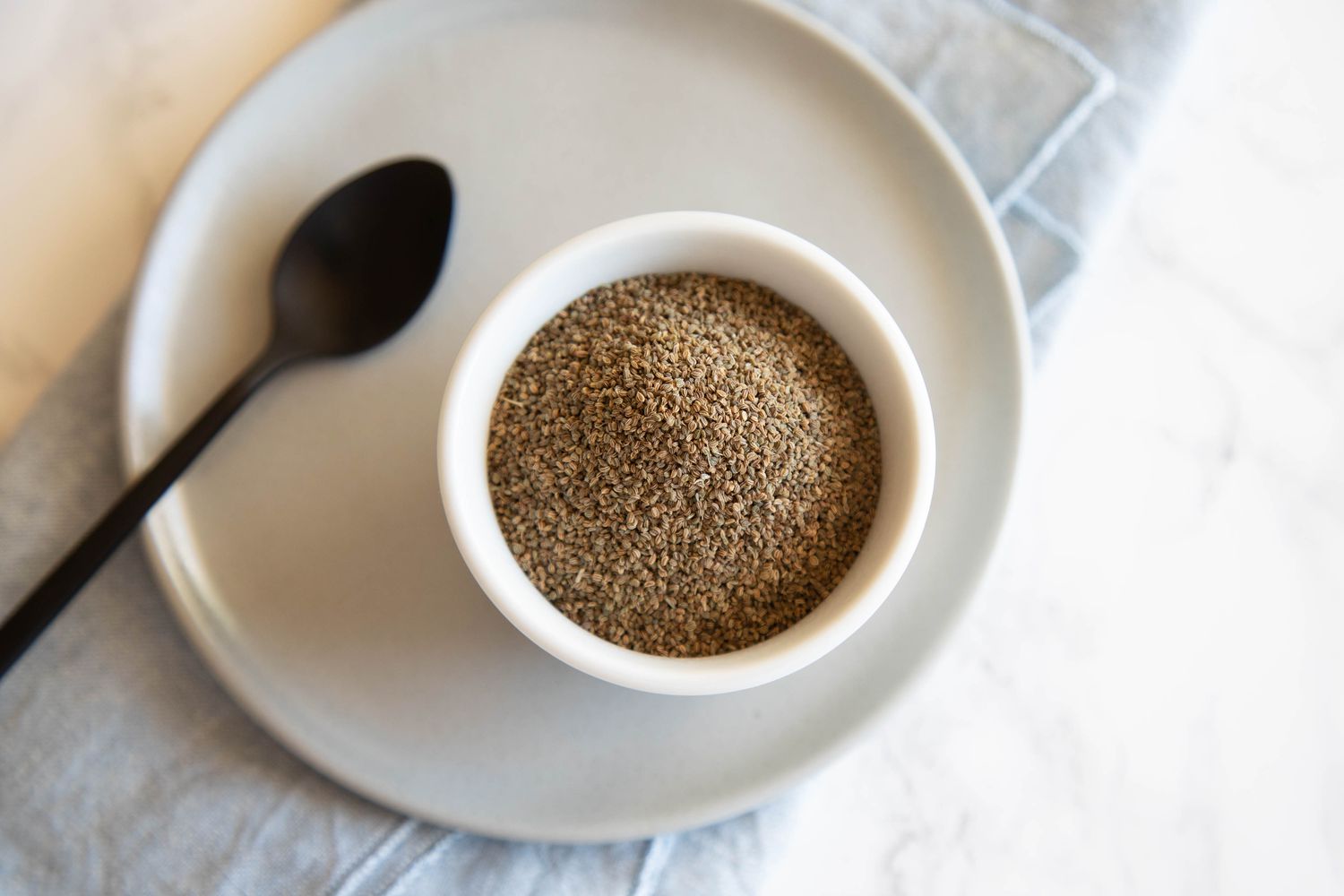
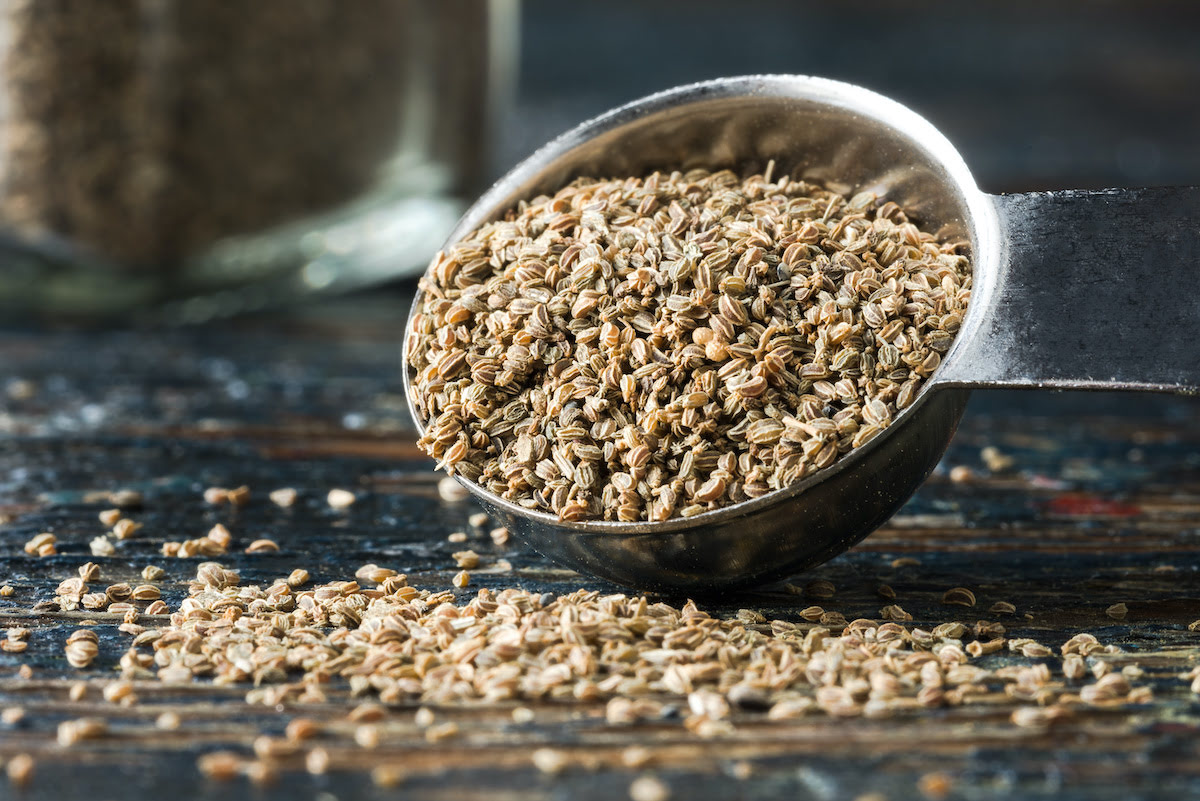

0 thoughts on “How To Store Celery Sticks”